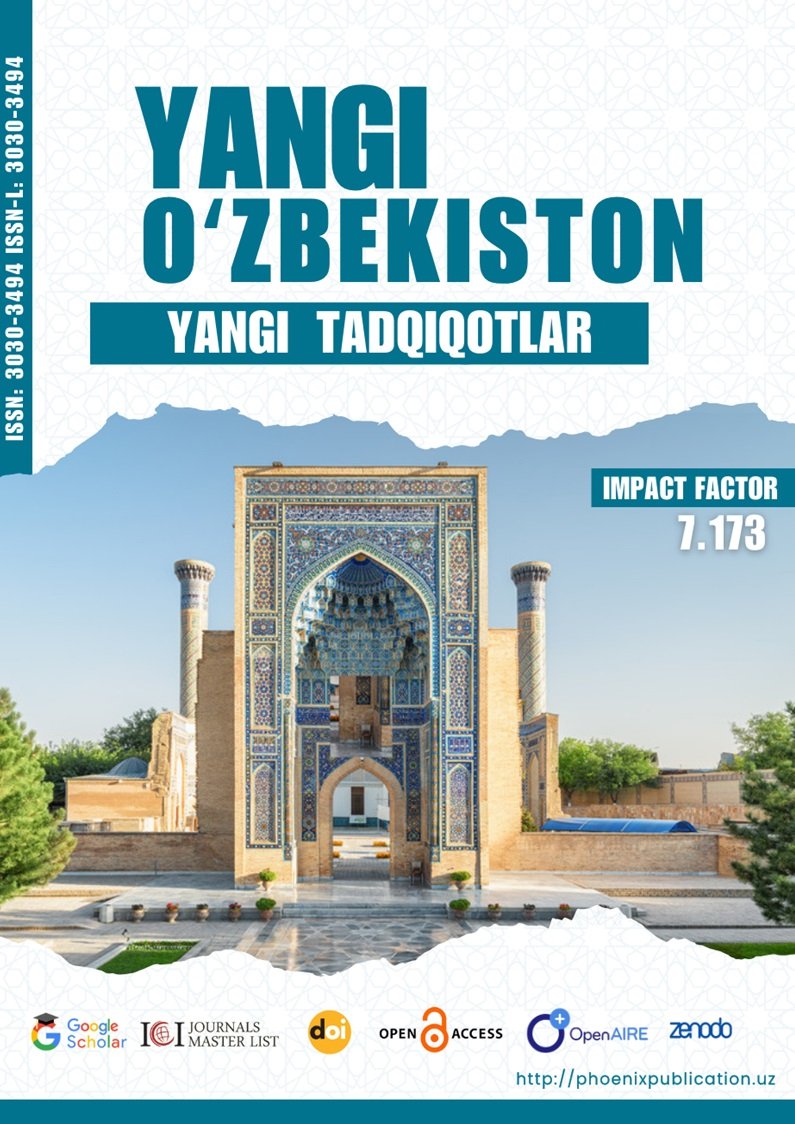Abstract
This paper explores how literary texts can be used to enhance critical thinking skills among learners of English as a foreign language (EFL). Literature offers rich and varied content that challenges students to analyze, interpret, and evaluate ideas beyond surface meaning. Through exposure to diverse perspectives, complex themes, and ambiguous situations, students are encouraged to reflect deeply and think critically. The study outlines various pedagogical approaches to integrating literature into EFL classrooms and presents findings from a small-scale classroom-based research project.
References
1. Brumfit, C., & Carter, R. (Eds.). (1986). Literature and Language Teaching. Oxford University Press.
2. Lazar, G. (1993). Literature and Language Teaching: A Guide for Teachers and Trainers. Cambridge University Press.
3. Khatib, M., Rezaei, S., & Derakhshan, A. (2011). Literature in EFL/ESL classroom. English Language Teaching, 4(1), 201–208.
4. Paul, R., & Elder, L. (2008). The Miniature Guide to Critical Thinking: Concepts and Tools. Foundation for Critical Thinking Press.
5. Pardede, P. (2011). Using short stories to teach language skills. Journal of English Teaching, 1(1), 14–27.
6. Maley, A. (2001). Literature in the language classroom. In R. Carter & D. Nunan (Eds.), The Cambridge Guide to Teaching English to Speakers of Other Languages (pp. 180–185). Cambridge University Press.
7. Nordin, S. M., & Khalid, F. (2010). Critical thinking through literature reading. Journal of Language Teaching and Research, 1(3), 259–266.
8. Wallace, C. (2003). Critical Reading in Language Education. Palgrave Macmillan.
9. Van, T. T. M. (2009). The relevance of literary analysis to teaching literature in the EFL classroom. English Teaching Forum, 47(3), 2–9.
10. McRae, J. (1991). Literature with a Small 'l'. Macmillan Education.
